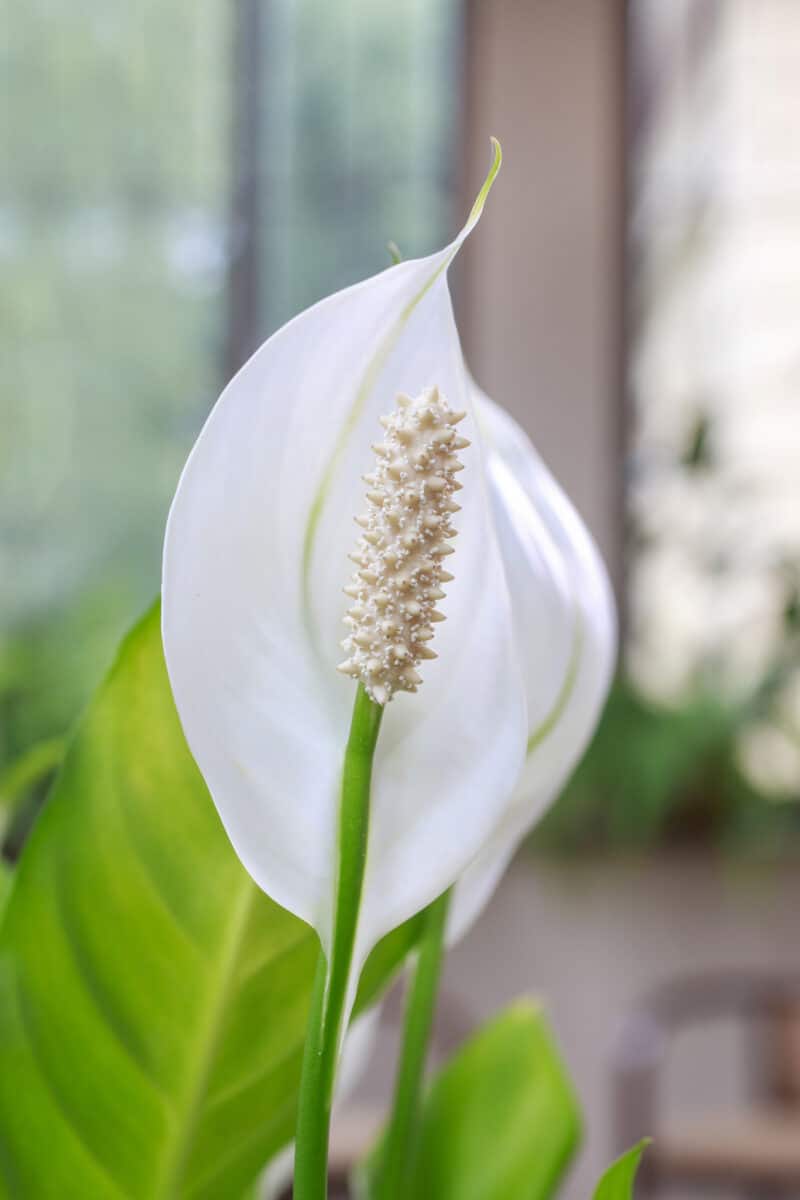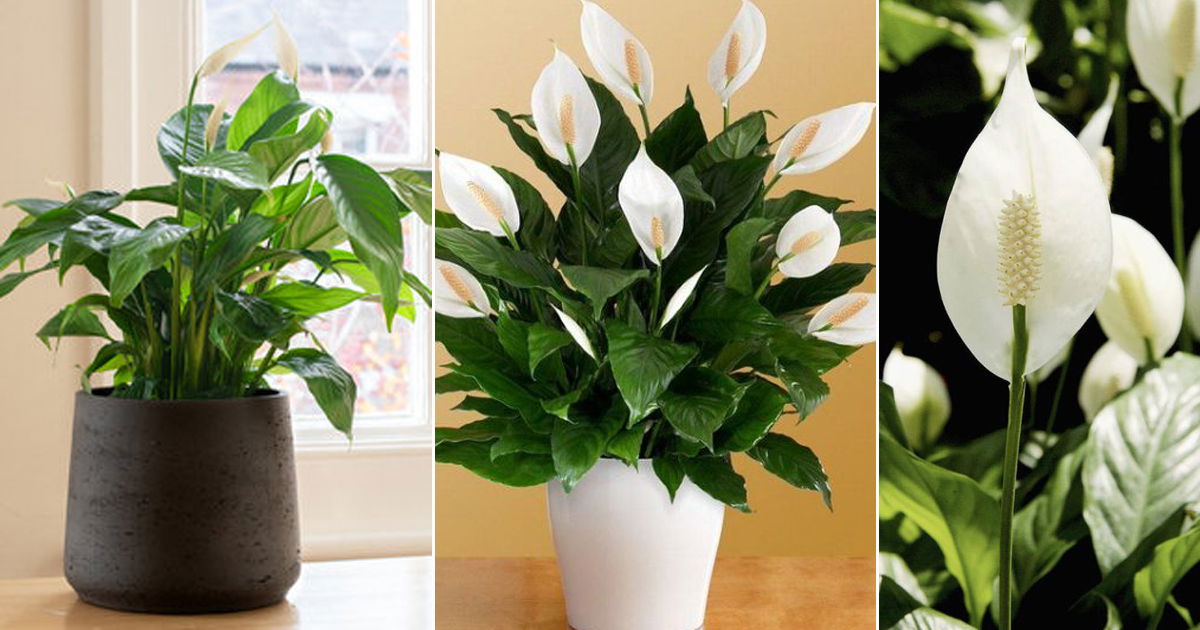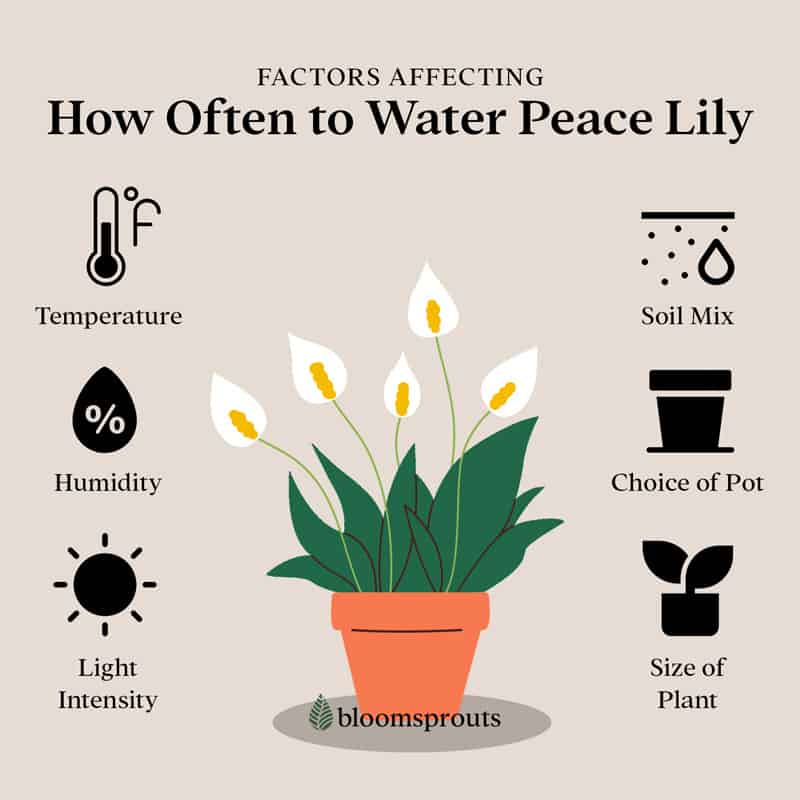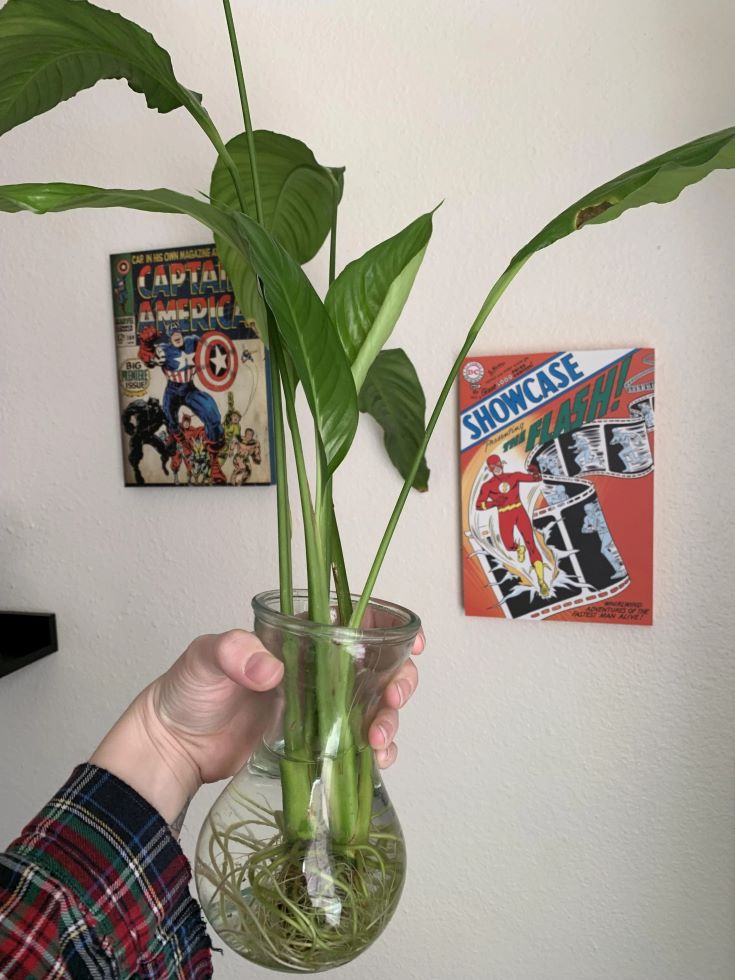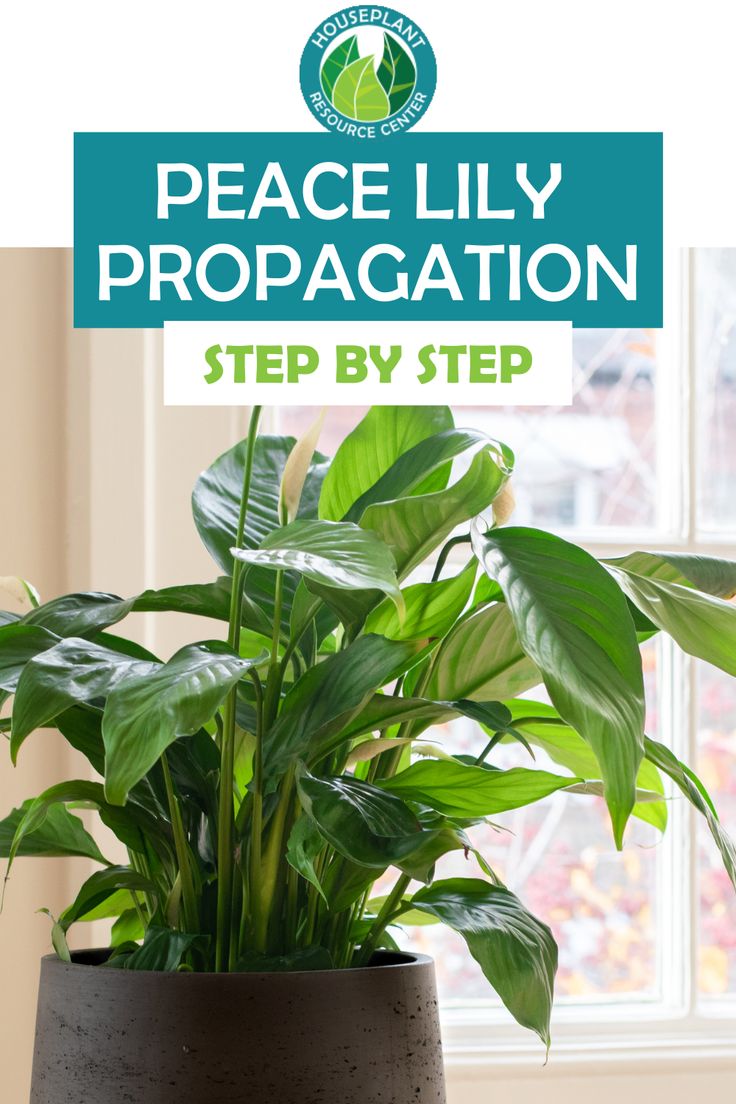The Secret to Peace Lily Blooms: Understanding the Basics
Peace lilies, known for their elegant white blooms and ability to purify the air, are a popular choice for indoor plants. However, many people struggle to get their peace lily to bloom. To unlock the secret to blooming, it’s essential to understand the unique characteristics of these plants. Peace lilies are native to tropical regions and thrive in environments with high humidity and filtered light. They are also sensitive to temperature fluctuations and require well-draining soil to prevent root rot. By understanding these basic needs, you can create an environment that encourages your peace lily to bloom. So, how to get a peace lily to bloom? It starts with providing the right conditions for your plant to thrive. With a little patience and attention to detail, you can enjoy the beautiful blooms of your peace lily.
Creating the Perfect Environment for Blooming
To encourage blooming, it’s essential to replicate the ideal conditions for peace lilies in their natural habitat. In terms of lighting, peace lilies thrive in bright, indirect light, but direct sunlight can cause the leaves to become scorched. East- or west-facing windows are ideal for providing the right amount of light. When it comes to temperature, peace lilies prefer temperatures between 65°F to 80°F (18°C to 27°C), which is typical of most indoor environments. Humidity is also crucial, with peace lilies preferring a humid environment of 50% to 70%. To achieve this, you can place the pot on a tray filled with water and pebbles or use a humidifier. By creating an environment that mimics the peace lily‘s natural habitat, you’ll be well on your way to encouraging blooms. Remember, how to get a peace lily to bloom is all about providing the right conditions, and with a little patience, you’ll be rewarded with beautiful white blooms.
Nourishing Your Peace Lily: The Role of Fertilization
Fertilizing is a crucial step in encouraging peace lilies to bloom. Peace lilies are heavy feeders and require a balanced diet to produce beautiful white blooms. A water-soluble fertilizer with a balanced N-P-K ratio (20-20-20) is ideal for peace lilies. It’s essential to fertilize sparingly, as overfertilization can damage the plant. A general rule of thumb is to fertilize once a month during the growing season (spring and summer) and once every two months during the dormant season (fall and winter). When fertilizing, make sure to dilute the fertilizer to half the recommended strength to avoid burning the roots. By providing your peace lily with the necessary nutrients, you’ll be well on your way to encouraging blooms. Remember, how to get a peace lily to bloom is not just about providing the right environment, but also about nourishing the plant with the right nutrients. With a little care and attention, you’ll be rewarded with beautiful blooms.
Watering Wisdom: Avoiding Overwatering and Root Rot
Watering is a crucial aspect of peace lily care, and it’s essential to get it right to encourage blooming. Overwatering is one of the most common mistakes that can lead to root rot, a condition that can be fatal to peace lilies. To avoid overwatering, check the soil moisture by sticking your finger into the soil up to the first knuckle. If the soil feels dry, it’s time to water. Make sure to water thoroughly, allowing excess water to drain from the pot. Avoid getting water on the leaves or crown of the plant, as this can cause rot. It’s also essential to monitor your peace lily for signs of overwatering, such as yellowing leaves, droopy stems, and a soft, mushy crown. If you notice any of these signs, stop watering and let the soil dry out slightly before resuming. By following these tips, you’ll be well on your way to creating an environment that encourages blooming. Remember, how to get a peace lily to bloom is not just about providing the right environment, but also about avoiding common mistakes that can hinder blooming.
Pruning for Blooms: The Art of Shaping Your Peace Lily
Pruning is an essential step in encouraging peace lilies to bloom. By removing dead or dying leaves and stems, you can promote healthy growth and encourage the plant to focus its energy on producing blooms. Start by inspecting your peace lily for any dead or dying leaves or stems. Use clean, sharp scissors or pruning shears to remove these areas, making sure to cut just above a node (where a leaf meets the stem). This will help the plant heal quickly and reduce the risk of disease. It’s also important to remove any brown or yellow leaves, as these can be a sign of overwatering or root rot. By pruning your peace lily regularly, you can maintain its shape, promote healthy growth, and encourage blooming. Remember, how to get a peace lily to bloom is not just about providing the right environment, but also about pruning and shaping the plant to promote healthy growth and blooming. With regular pruning, you can enjoy beautiful blooms and a thriving peace lily.
Pest Control and Disease Prevention: Common Issues and Solutions
Peace lilies are generally low-maintenance plants, but they can still be susceptible to pests and diseases. To encourage blooming, it’s essential to identify and address any issues promptly. Common pests that can affect peace lilies include spider mites, mealybugs, and scale. These pests can cause yellowing leaves, stunted growth, and a lack of blooms. To prevent infestations, inspect your peace lily regularly, and isolate any infected plants. Treat infestations with insecticidal soap or neem oil, and repeat as necessary. Root rot is another common issue that can affect peace lilies, often caused by overwatering. To prevent root rot, ensure good drainage, avoid overwatering, and repot your peace lily in fresh, well-draining soil. Fungal diseases, such as leaf spot and crown rot, can also affect peace lilies. To prevent these diseases, maintain good air circulation, remove any infected leaves or stems, and treat with a fungicide if necessary. By being proactive and addressing any pest or disease issues promptly, you can create a healthy environment that encourages blooming. Remember, how to get a peace lily to bloom is not just about providing the right environment, but also about preventing common issues that can hinder blooming.
Repotting and Propagation: Giving Your Peace Lily a Fresh Start
Repotting and propagating your peace lily can be a great way to give it a fresh start and encourage new blooms. Peace lilies typically need to be repotted every 2-3 years, as their potting mix can become depleted of nutrients over time. When repotting, choose a pot that is only slightly larger than the previous one, and use a well-draining potting mix. This will help prevent waterlogged soil and root rot. To propagate your peace lily, you can divide the plantlets that form around the base of the mother plant. Simply separate the plantlets from the mother plant, making sure each plantlet has at least one leaf and some roots. Pot the plantlets in a well-draining potting mix, and keep the soil consistently moist until they are established. By repotting and propagating your peace lily, you can encourage new growth and blooms. Remember, how to get a peace lily to bloom is not just about providing the right environment, but also about giving your plant the care and attention it needs to thrive. With regular repotting and propagation, you can enjoy a continuous display of beautiful blooms from your peace lily.
Patience and Persistence: The Key to Successful Blooming
Maintaining a healthy and thriving peace lily requires patience and persistence. It can take time for your peace lily to bloom, but with the right care and attention, you can encourage it to produce beautiful flowers. Remember, how to get a peace lily to bloom is not just about providing the right environment, but also about being patient and persistent. Avoid getting discouraged if your peace lily doesn’t bloom right away. Instead, focus on providing it with the care it needs, and trust that with time, it will reward you with beautiful blooms. To keep your peace lily healthy and thriving, make sure to monitor its condition regularly, and adjust its care accordingly. Keep the soil consistently moist, but not waterlogged, and provide it with the right amount of light and nutrients. By doing so, you can create a healthy and thriving environment that encourages blooming. With patience and persistence, you can enjoy a continuous display of beautiful blooms from your peace lily, and appreciate the beauty and elegance it brings to your home.


